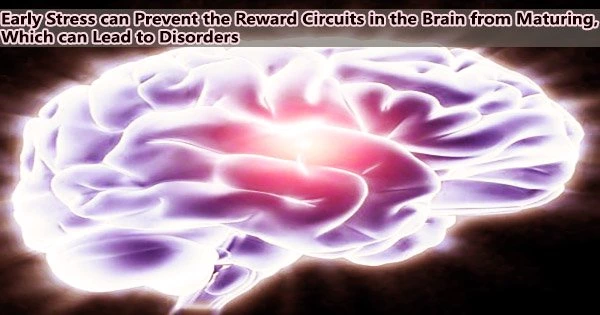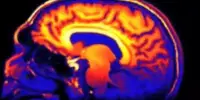The brain’s reward circuits are a complex network of neurons and neurotransmitters that play a critical role in the experience of pleasure and motivation. These circuits are responsible for the sensation of pleasure and the reinforcement of behavior that leads to the attainment of rewards.
Researchers from the University of California, Irvine have identified a novel brain connection that explains how early stress and adversity cause the brain’s reward circuit to malfunction, providing a new therapeutic target for treating mental illness.
This circuit’s dysfunction is regarded to be the root cause of a number of severe disorders, including depression, substance misuse, and excessive risk-taking.
In an article recently published online in Nature Communications, Dr. Tallie Z. Baram, senior author and UCI Donald Bren Professor and Distinguished Professor in the Departments of Anatomy & Neurobiology, Pediatrics, Neurology and Physiology & Biophysics, and Matt Birnie, lead author and a postdoctoral researcher, describe the cellular changes in the brain’s circuitry caused by exposure to adversity during childhood.
“We know that early-life stress impacts the brain, but until now, we didn’t know how,” Baram said. “Our team focused on identifying potentially stress-sensitive brain pathways. We discovered a new pathway within the reward circuit that expresses a molecule called corticotropin-releasing hormone that controls our responses to stress. We found that adverse experiences cause this brain pathway to be overactive.”
We believe that our findings provide breakthrough insights into the impact of early-life adversity on brain development and specifically on control of reward behaviors that underlie many emotional disorders. Our discovery of the previously unknown circuit function of the basolateral amygdala-nucleus accumbens brain pathway deepens our understanding of this complex mechanism and identifies a significant new therapeutic target.
Dr. Tallie Z. Baram
“These changes to the pathway disrupt reward behaviors, reducing pleasure and motivation for fun, food and sex cues in mice,” she said. “In humans, such behavioral changes, called ‘anhedonia,’ are associated with emotional disorders. Importantly, we discovered that when we silence this pathway using modern technology, we restore the brain’s normal reward behaviors.”
The brain’s reward system is also involved in the development of addiction, as drugs of abuse can hijack this system and create a powerful drive to seek out and use these substances. Addiction can lead to changes in the structure and function of the brain’s reward circuits, making it difficult for individuals to stop using drugs even in the face of negative consequences.
The nucleus accumbens is a center for motivation and pleasure in the brain. When researchers mapped all of the CRH-expressing connections to this area, they discovered a previously unidentified projection coming from the basolateral amygdala.
In addition to CRH, projection fibers co-expressed gama-aminobutyric acid. They found that this new pathway, when stimulated, suppresses several types of reward behaviors in male mice.
The study involved two groups of male and female mice. One was raised in conventional cages, whereas the other was subjected to early adversity by spending a week in cages with little bedding and nesting material.
Male mice who had grown up amid early adversity showed less interest in sweet meals or sex cues than mice raised normally. Females who had faced difficulty, however, preferred rich, sweet foods. Male reward behaviors were restored by blocking the route, whereas female reward behaviors were unaffected.
“We believe that our findings provide breakthrough insights into the impact of early-life adversity on brain development and specifically on control of reward behaviors that underlie many emotional disorders. Our discovery of the previously unknown circuit function of the basolateral amygdala-nucleus accumbens brain pathway deepens our understanding of this complex mechanism and identifies a significant new therapeutic target.” Baram said. “Future studies are needed to increase our understanding of the different and sex-specific effects of early-life adversity on behavior.”
Team members include Annabel K. Short, postdoctoral researcher, Lara Taniguchi, graduate student, Aidan Pham, lab assistant, and co-corresponding author Yuncai Chen, project scientist, from Department of Pediatrics; Gregory B. de Carvalho, graduate student, Benjamin G. Gunn, assistant project scientist; Christy A. Itoga, researcher; Xiangmin Xu, professor; Lulu Y. Chen, assistant professor; from the Department of Anatomy & Neurobiology; and Stephen V. Mahler, associate professor from the Department of Neurobiology and Behavior.
















